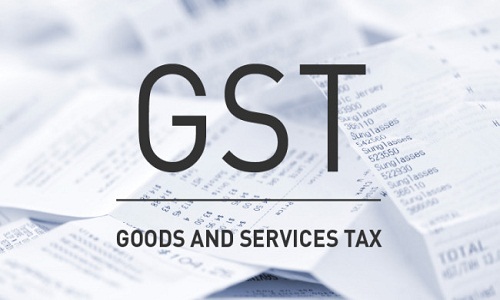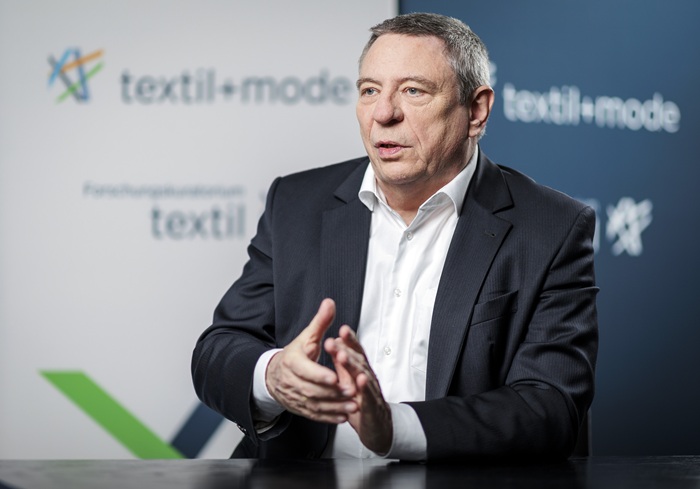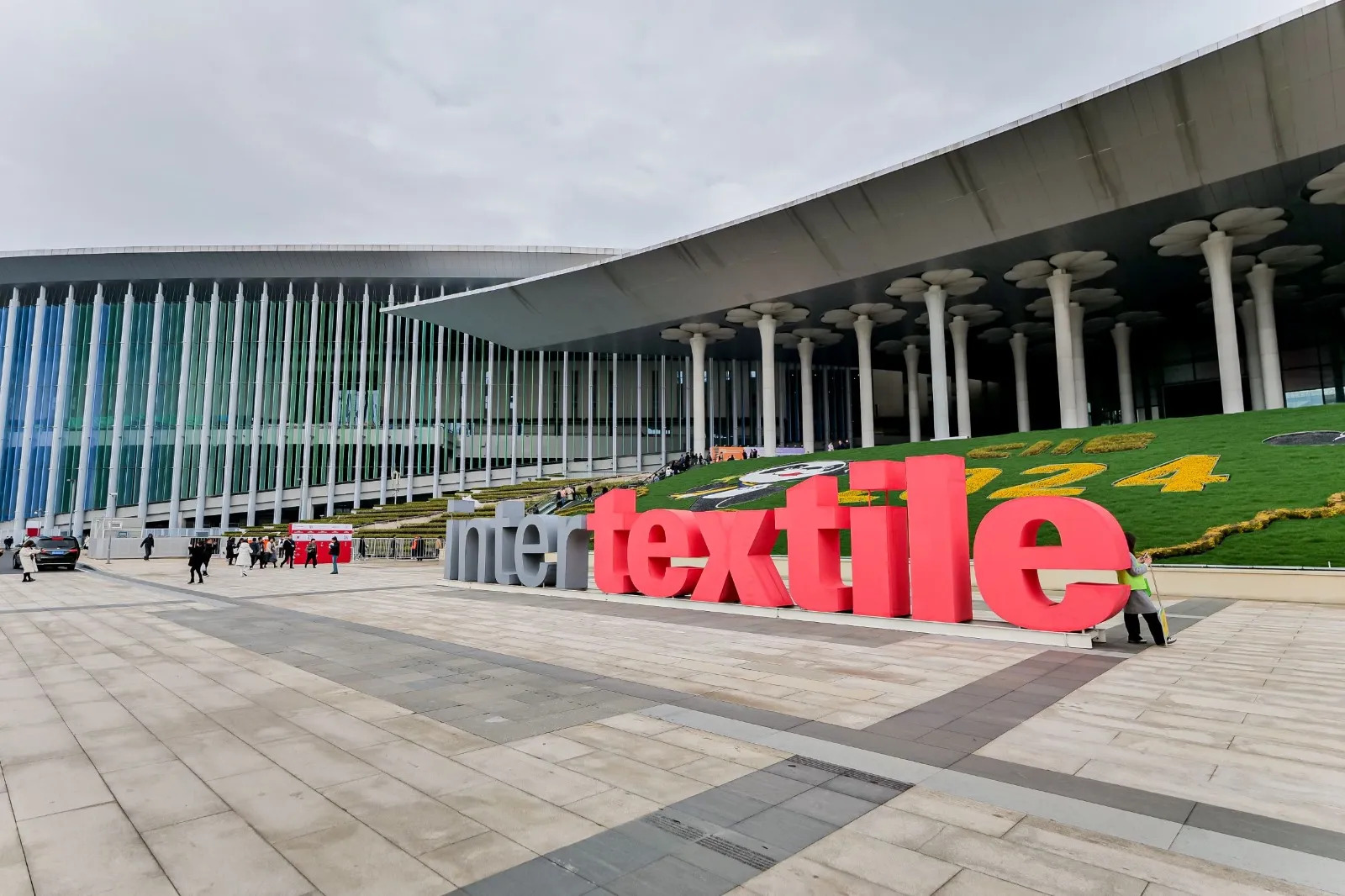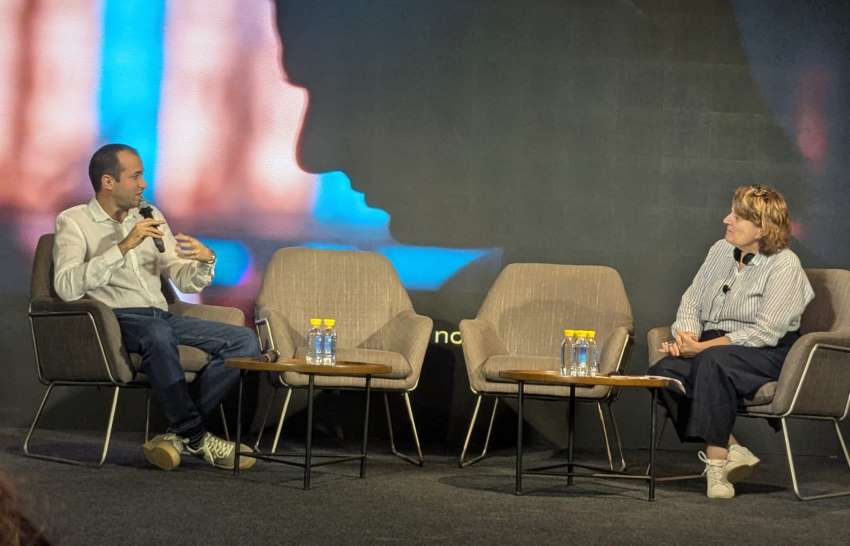FW
A new study by Exim Bank has found that around 15 per cent of total jobs including both IT, BPO and material goods such as garments in India are related to India’s exports sector. The total number of jobs supported by aggregate Indian exports registered an increase from about 34 million in 1999-2000 to 62.6 million in 2012-13 with a growth rate of 3.4 per cent per annum. This is higher than the pace at which India, as a whole, has been able to increase employment opportunities for its citizens.
The report says employment growth has been sluggish despite India’s fast economic growth since the 1990s. The key drivers of jobs exports growth has been the garments & textiles, gems & jewellery, cotton textiles, communication and electronic equipment, motor vehicles, food products, metal products and leather footwear sectors. While the total exports from India to other countries is around $25 billion per month or about $300 billion per year, the total GDP of India is around 1.8 trillion. This translates to a share of around 17 per cent in total GDP and indicates that the contribution of exports to total employment is around the same as its share in the total organised economy.
However, the study pointed out that the share of exports in total economy is increasing every year. Almost half of the export-related jobs are indirect. This means that they are created at the level of vendors and partners of exporters. Indirect job creation increased significantly in recent years from 38 per cent in 2007-08 to 50 per cent in 2012-13.
Backward linkages, particularly from manufacturing to agriculture and services, have become an important source of export related job creation in the country, it said. The study identified manufacturing to be the one with the largest potential to generate employment, both directly as well as in agriculture and services through backward linkage effects.
Euratex held its 5th convention in association with the Marché des Soies on November 25 in Lyon. The event was organised by French members’ federations of the Euratex namely Union des Industries Textiles (UIT) and Union Française des industries de Mode et Habillement (UFIMH).
The convention was dedicated to the role of Europe in servicing creative industries in the presence of more than 110 participants who shared ideas and visions on how the textile and clothing creative industries are tackling the challenges to maintain and support creativity. The event had broad international participation from more than 20 countries (business, research centers, industry associations and media).
In his welcome address, Euratex president Serge Piolat underlined to remain competitive, European companies have to invest relentlessly in innovation and skills to support creativity embedded in highly innovative products and processes. Companies have to continue to invest in such area and to use all legal means to protect those competitiveness assets. He explained the current organisation of Euratex in three poles and gave examples of positives results for the industry in each of them: trade policy, sustainability and R&D.
It is almost a month since the Prime Minister announced the move to scrap the Rs 500 and 1,000 notes. And one of the worst-hit commodities market has been that of cotton. In the aftermath of demonetization, the cotton market in Andhra Pradesh has plunged into a deep crisis as transactions have almost come to a halt. Prices too have slumped by roughly Rs 1,000 per quintal.
The crop is grown widely in Krishna, Guntur, Prakasam, and Kurnool districts and to an extent in the two Godavari districts. The ginning mills most of them located in Guntur district, supply cotton to textile mills in other states like Maharashtra, Tamil Nadu, Gujarat and Karnataka. After demonetisation, the ginning mills are in a crisis and they are unable to purchase cotton through brokers due to liquidity crunch. If trade sources are to be believed, the market has been hit hard and almost 70-80 per cent of the transactions have come to a halt.
A month ago, quality cotton was selling in the range of Rs 5,300-5,500 per quintal. Prices have now declined to Rs 4,300-4,500 per quintal and farmers are unwilling to sell at these rates.
On the other hand, the Cotton Corporation of India (CCI) has opened more than 40 cotton purchase centres in the State but prices are much less than the prevailing market price at Rs. 4,100 per quintal. Resultantly, farmers are unwilling to sell cotton at CCI purchase centres. The net result is that the cotton market is almost at a standstill after demonetisation. Trade circles and the farmers are desperately waiting for release of enough cash to revive the market.
The demand for airbags yarn is expected to increase by five per cent annually over the next five years. Reason for the increased demand for airbag yarns is the global rise of road safety requirements. India has revised vehicle safety rules and regulations. The new version, which comes into force in 2017, demands greater occupant safety, particularly with regards to side and front impact. Compliance with these new safety rules and regulations can only be achieved with the installation of airbags.
The average volume of textile fibers and filaments in automobiles is around 30 kg; just under 19 per cent of this is airbag yarn. This opens up a highly-profitable growth market for industrial yarn manufacturers. Greater safety in vehicles is also a much-discussed topic in Latin America, which is having a positive impact on the airbag and safety belt manufacturing industry: two South Korean airbag producers have already announced investments in Central America.
To date, airbags have been predominantly manufactured using polyamide 6.6 yarns. However, there is a noticeable trend towards polyester. Industrial yarn producers are increasingly perceiving the airbag yarn segment as a growth market. To this end, four projects for manufacturing airbag yarns from polyamide 6.6 and polyester supplied by systems builder Oerlikon Barmag have been successfully commissioned in the past 12 months alone.
With a pledge to provide 24,450 of its employees access to affordably priced basic household food and health items through its Bandhan Fair Price shops, Garment manufacturer DBL Group has joined the Business Call to Action (BCtA). Launched in 2008, the BCtA aims to accelerate progress towards Sustainable Development Goals (SDGs) by challenging companies to develop inclusive business models that engage people with less than $8 per day in purchasing power as consumers, producers, suppliers and distributors. It is supported by several international organisations and hosted by the United Nations Development Programme (UNDP).
Accessibility to affordable basic necessities has been a major concern in Kashimpur and Gazipur, Bangladesh, where nearly 7,000 DBL Group employees live and work. Established in 1991, the DBL Group supplies quality garments to global retailers such as H&M and Puma. The remote locations of DBL’s new factories and lack of shops in these areas has made it difficult for workers to access items their families need at affordable prices.
The financial crisis of 2008 further increased the prices of basic goods making them out of reach for many of the company’s workers. Women’s lack of access to affordable feminine hygiene products resulted in high absenteeism and decreased their job satisfaction and productivity.DBL responded by launching its first Bandhan Fair Price shop offering basic necessities at subsidised prices to its employees. With the success of first Bandhan shop, five DBL manufacturing complexes established their own Fair Price shops that benefitted nearly 24,450 employees and their families. These shops’ 370 items from recognized international and local brands include food, cooking oil, toiletries, home supplies and beverages. They also include sanitary napkins, which are sold at over 70 percent less than the average market price.
"Consolidation of taxes under GST is expected to help create a level-playing field for bigger textile manufacturers. But smaller or unorganised players will not be able to use some of the current practices to keep themselves competitive."

Consolidation of taxes under GST is expected to help create a level-playing field for bigger textile manufacturers. But smaller or unorganised players will not be able to use some of the current practices to keep themselves competitive.
The textile sector is one of the largest contributors to India’s exports, accounting for approximately 11 per cent of total outbound shipments. India’s overall textile exports during FY 2015-2016 stood at 40 billion dollars and the industry size is expected to reach 223 billion dollars by 2021. 
Most textile products are likely to be either exempted or taxed at a lower rate. However, even at the merit rate of 12 per cent tax would be higher than the prevailing VAT rate of four to six per cent across various states. Since exports under GST would be zero rated, this would give a competitive boost to textile exports from India, which is facing stiff competition from Bangladesh, Pakistan etc.
As petroleum products (diesel used in running generators or machinery) are likely to be outside GST purview, at least in the initial years, inputs will continue to be non-creditable. Since a majority of textile units are in the medium and small segment, ease of compliance would be a major relief.
The Sustainable Apparel Coalition (SAC), a global industry coalition that is standardizing social and environmental sustainability performance measurement, has launched the Higg Index Design and Development Module (DDM). The DDM empowers product designers and developers to make sustainable choices at the earliest stage of apparel, footwear and textile prototype design.
Designers have the freedom to minimize eventual environmental impacts of the finished product at the earliest stage of the design process. The data collected through the said DDM which replaces Higg’s Beta Rapid Design Module, helps steer them toward selecting lower impact materials using more efficient construction techniques and considering the complete life cycle of the product.
After completing a simple product assessment, the DDM provides members with a single design score making it easy to compare design concepts and make quick decisions before production. The said DDM provides useful benchmarking and analytics that allow users to compare products or defined groups of products to each other, to company averages, and to industry averages.
Using the DDM encourages continuous improvement by teaching designers and developers where they have a maximum control over the impact and by giving rapid feedback on how to improve their score. The Higg Product Tools include the Material Sustainability Index (MSI) Contributor, the Higg MSI, and now the Higg DDM. Each tool help measure product environmental performance at different stages within the product development cycle, from initial prototype to sourcing raw materials to final design.
Throughout the campaign season, President-elect Donald Trump used to frequently criticize the US trade policy, pledging that he would rip up the North American Free Trade Agreement and slap high tariffs on goods coming to the US from China and Mexico. But his statements were not especially specific and it fueled a fair amount of uncertainty for the retail industry which relies heavily on imported goods to fill store shelves.
And since his surprise win, Trump hasn’t backed off this kind of rhetoric. Most recently, issuing a series of tweets, he said that companies that move jobs overseas will be subject to a 35 per cent levy. Now, retailers are largely waiting-and-watching as they are trying to figure out how or whether Trump’s decrees will translate into real-world policy.
Hun Quach, VP of International Trade at the Retail Industry Leaders Association, says from their perspective, the 35 per cent tariff is worrisome. This is because their foremost priority was their consumers. He further said he wants to make sure that goods are being sold to their customers at the price they want to pay. If retailers suddenly had to pay much higher taxes on the goods they sell, they’d have to find a way to offset those costs. And that might come in the form of higher prices for shoppers.
Experts say that Trump’s tweets seemed to suggest that he seeks to implement a 35 per cent tariff on companies that move jobs overseas in the future. And so for industries such as the apparel and footwear industry, that specific policy might not be terribly meaningful.
Schoch a Swiss reed maker based in Italy has launched a new range of reeds which offer significant savings in energy cost for textile mills. The energy saving reeds are meant to help weavers save air on air jet machines. More than 100 airjet machines have been converted in favor of energy saving reeds.
Schoch’s India chapter began when the company collaborated with the Italian shirting giant Tessitura Monti in 2009. When the company decided to spread its wings, India became the choice for its second plant outside Italy. A state-of-the-art manufacturing facility at Kolhapur in Maharashtra was established in 2009. The plant is equipped with the same European machines installed in Italy. Raw materials too are imported from Italy in order to maintain quality standards. A 50-member team caters to the requirement of reeds in domestic and international markets.
The facility manufactures reeds that have been installed in various textile mills and manufacturing units such as Arvind, Kanchan Denim, Bhaskar Denim, among others. An exclusive department for after sales activities like reed reconditioning, ultrasonic cleaning and airflow resetting has been set up to offer expertise and execute any reed-related requirement. Sales are increasing by 20 per cent every year. The turnover is Rs 15 crores a year.
Pakistan and Argentina want closer business ties. In financial year 2015-16, Pakistan’s export to Argentina was around $52 million as against exports of $44 million in the previous year, an increase of 17 per cent. Pakistan's imports from Argentina rose 37 per cent compared to the same period last year.
Pakistan wants like farmers from Argentina to invest in the agriculture sector in Pakistan, share know-how on how to improve yields and also assist in improving the irrigation, which would result in more yields and less water consumption. The countries are examining the possibility of sending Pakistani farmers to Argentina so that they could learn from Argentinian expertise and improve their skills.
The countries will promote trade, commerce and economic cooperation, foster and organize trade and investment delegations, trade fairs, exhibitions, seminars and meetings etc. Argentina imports 60 per cent of its textile needs and the remaining 40 per cent are produced locally. Its textile clothing imports witnessed an upsurge of 27 per cent in the first quarter of 2016, which is an opportunity for Pakistani textile producers to benefit from the situation.
Pakistan exports various products including textile products, clothing, sports and leather goods to Argentina.












